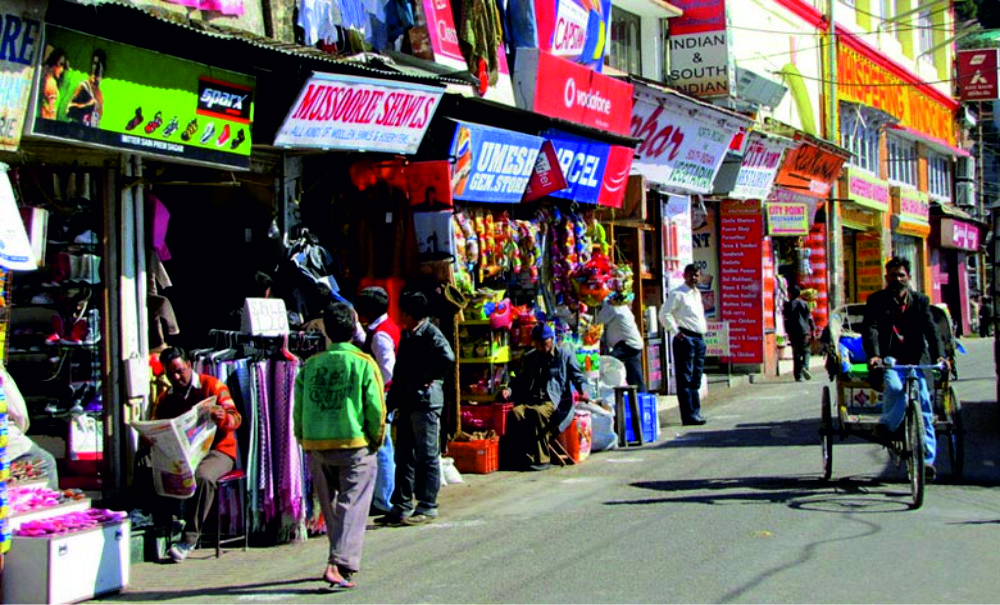

Almora, nestled in the serene lap of the Himalaya, has long been a jewel in Uttarakhand’s crown. With origins tracing back more than 500 years, Almora boasts an illustrious history that has played a pivotal role in the evolution of its tourism sector. Established by the Chand dynasty in the 16th century, Almora was a bustling center of cultural and economic activities.
Lal Bazaar, in the heart of Almora, has been the cultural and commercial hub since the time immemorial. It thrived during the British colonization of India as missionaries, and colonial administrators made Almora their summer retreat, significantly improving the tourist infrastructure and connectivity.
Through the years, the traditional and historic aura of Lal Bazaar has played a significant role in attracting tourists, not only for shopping and trade but as an authentic experience of hill culture in Uttarakhand. With its cobbled streets and architecture reflective of its long history, Lal Bazaar charms everyone who visits.
In recent years, tourism in Lal Bazaar has seen a shift with increasing focus on sustainable and responsible tourism. Visitors are more inclined to experience the local lifestyle, cuisine, and crafts rather than just visiting the well-trodden tourist spots.
Moreover, homestays and eco-friendly lodgings have gained popularity among tourists, providing them with authentic experiences while ensuring minimal impact on the environment. This not only supports the local economy but also promotes cultural exchange.
Furthermore, Almora's year-round festive calendar, with local festivals and fairs like Nanda Devi Fair and Uttarayani Mela, has turned it into a culturally rich destination for both domestic and international tourists. Lal Bazaar gets especially vibrant during these times, bursting with colors, music, and festivities.
Adventure tourism has also seen a surge with trekkers and nature enthusiasts exploring the surrounding trails and wildlife. The lush Binsar Wildlife Sanctuary, a short distance from Lal Bazaar, is a hotspot for nature lovers.
Digitalization and social media have also changed how Lal Bazaar is marketed to potential visitors. With mesmerizing photos and stories shared across platforms, this has stimulated a younger demographic of travelers looking for offbeat and picturesque locations to explore.
As we look towards the future, Lal Bazaar is embracing the new age of tourism, aiming to balance traditional appeal with modern conveniences. Efforts to preserve the cultural heritage and protect the environment are paramount in shaping the sustainable development of tourism in this Himalayan marketplace.
The integration of technology in promoting tourism and enhancing visitor experiences is set to grow, with virtual experiences, AI-driven recommendations, and online booking systems becoming more prevalent.
With continued support from the Uttarakhand Tourism Development Board and collaboration with local businesses, Lal Bazaar’s tourism is poised for a bright and responsible future.